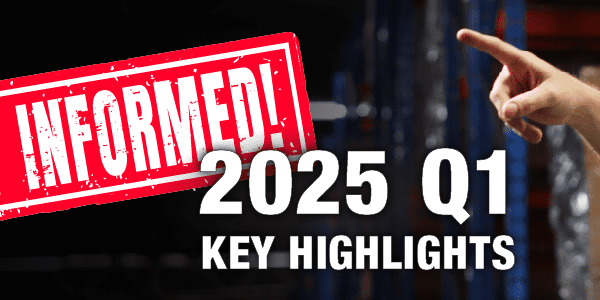A few weeks ago I posted a blog regarding Fall Prevention. In it there was a reference to Arthur Brisbane, a reporter who in 1911 used the expression “Use a picture. It’s worth a thousand words.” As a follow-up to that blog, here is another one where a picture is worth a thousand words.
Last weekend allowed me the chance to see the musical “Matilda” at The Fox Theatre in downtown St. Louis. As I walked to the main doors I could hear water splashing against the ground. Upon closer inspection the source of the sound was found. Take a look at the following picture.

Again, you can imagine the conversation held after seeing this. There were lots of shocking comments, and stories about the stupid things we did as children in regards to electrical sockets. There were even a few regarding “the show must go on” but, it got me thinking. Just how is electrical safety handled in the workplace or in construction areas?
Upon arrival to work on Monday, I did some checking. The Top 10 OSHA Violations for 2015 is out and two of the top ten for 2015 include electrical issues. One is for “Electrical – Wiring Methods” and the other is for “Electrical – General Requirements”. If you look back over the past five years, some aspect of electricity is listed on every one.
Per the OSHA website, “Electricity has long been recognized as a serious workplace hazard. OSHA’s electrical standards are designed to protect employees exposed to dangers such as electric shock, electrocution, fires, and explosions. Electrical hazards are addressed in specific standards for the general industry, shipyard employment, and marine terminals.” Those standards and locations are as follows:
General Industry (29 CFR 1910)
- 1910.137, Electrical protective devices
- 1910.269, Electric power generation, transmission, and distribution [related topic page]
- 1910.302, Electric utilization systems
- 1910.303, General requirements
- 1910.304, Wiring design and protection
- 1910.305, Wiring methods, components, and equipment for general use
- 1910.306, Specific purpose equipment and installations
- 1910.307, Hazardous (classified) locations
- 1910.308, Special systems
- 1910.331, Scope
- 1910.332, Training
- 1910.333, Selection and use of work practices
- 1910.334, Use of equipment
- 1910.335, Safeguards for personnel protection
Shipyard Employment (29 CFR 1915)
- 1915.181, Electrical circuits and distribution boards
Marine Terminals (29 CFR 1917)
- 1917.157, Battery charging and changing
If one looks back at the picture, it is clear this is some sort of wiring which is exposed to the outside. It is also clear that water is flowing out of the same opening that has the wiring. This water is not only running down the wires, but it is then splashing back up onto the box where the wiring originates and/or ends. This is a problem. Is there a breakdown somewhere in regards to training people on the hazards of electricity? OSHA offers several resources and trainings for employers and employees on Electrical Safety. The easiest and fastest is found on the OSHA® Quick Card™.
If you work with electricity in any way be it an office, on a farm or on a construction site – get properly trained! It would be shame to have the “thousand words” this picture generates on the topic of electrical safety go to waste.





